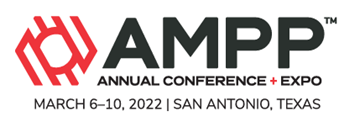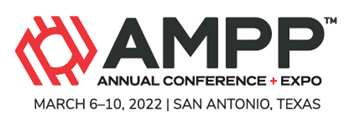Search
Comparison Of Atmospheric Corrosion Of Silver Across Multiple Locations
Also Purchased
Continuous Corrosion Monitoring In HF Alkylation Units Including The Effects Of Iron Fluoride Scale Build-Up
Product Number:
51322-17489-SG
Publication Date:
2022
$20.00
Coatings To Regulate Scaling In Geothermal Applications
Product Number:
51322-17547-SG
Publication Date:
2022
$20.00
Correlating Qualitative Surface Profile Assessment Methods To Quantitative Methodology On Prepared Concrete
Product Number:
51322-17606-SG
Publication Date:
2022
$20.00




